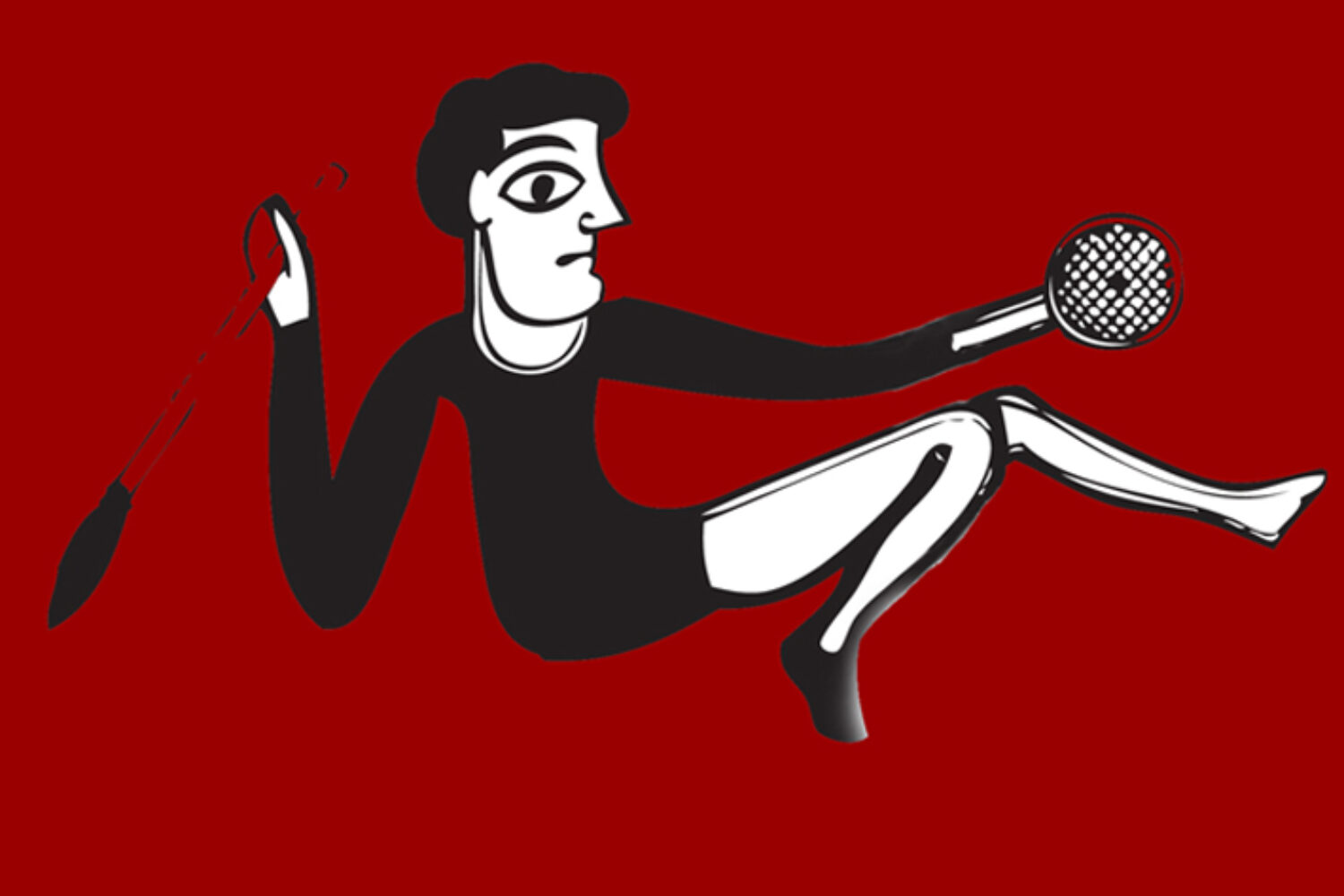As Guinness promotes Arthurs Day 2013 it’s a good time to look at the role design has to play in the growth of the Irish economy. In some areas the gloom of recession has started to lift and the technology sector in Ireland has been experiencing something of a boom due to a number of factors.
Ironically, the Irish weather is seen as ideal for data centres, as the temperate climate dramatically reduces the need to heat them during winter or cool them during summer. Just this week Twitter announced that their European headquarters in Dublin will double its workforce, citing the availability of a highly skilled graduates and a cosmopolitan environment as some of their reasons for increased investment in Ireland.
While one hundred new jobs in Dublin doesn’t mean a boom, it’s the quality and profile of the new Dublin based tech firms that catches the attention and leads to further interest from overseas investors. So what do these things mean for design?
As Ireland is becoming internationally respected for its technology and contributions in the areas of Big Data and web innovation, is Irish design ready to play a part in communicating and expressing new technological innovations? Will the Book of Big Data be the new Book Of Kells?
The great advantage Irish design has is an ability to embrace all types and styles of influences thanks to technical innovations and cultural diversity. With the influential Game Of Thrones series being made in Northern Ireland, design and film production are also benefiting from the higher profile the production brings.

We can say Irish design has always been at the centre of Europe as that’s where Celtic design originally came from. The knotted intricacy of Celtic design has echoes in contemporary Irish design and thinking. There’s a Celtic self-reflection about James Joyce’s Ulysses and the cubism of Joyce’s approach has the same origins as that of Braque and Picasso.
Thanks to its geographical location and, yes even the climate, Irish design is perfectly placed to be part of a technological resurgence and design itself is constantly changing and evolving with the technology. If you haven’t been there lately Dublin is in many ways more open to other cultures and influences than London.
The swirls and knotwork of Celtic design are the interconnected data of twenty-first century communication – a knotwork of connectedness and a network of form and expression. Irish design has the opportunity to be reignited for the interactive era. Irish design and Irish business has the chance to be at the centre of new thinking and new technologies. Wouldn’t you like your business to be there too?
Have a look at our new brochure Irish design at the centre of Europe.



